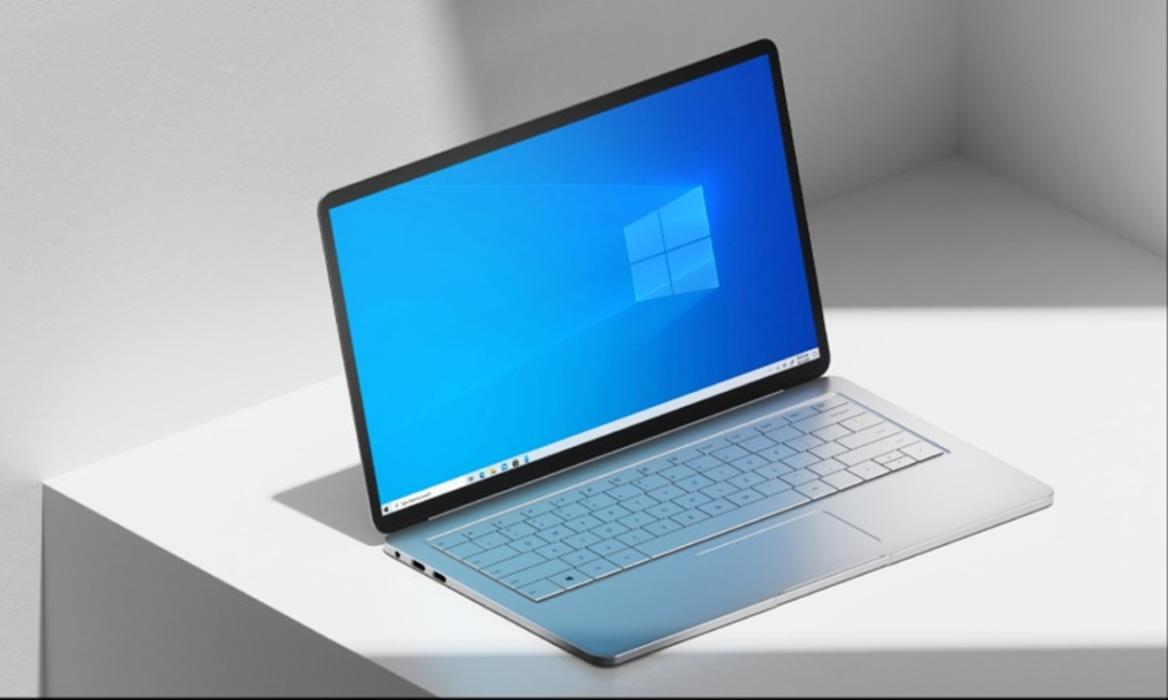
- Microsoft has announced an Extended Security Update (ESU) program for Windows 10 that starts at $61 for business customers.
- Education customers will have to pay $1 for the first year, per device.
- Windows 10 will hit end-of-life after October 14, 2025.
After introducing Windows 11 in 2021, Microsoft announced that support for Windows 10 will hit end-of-life on October 14, 2025. It means that Windows 10 won’t get security updates, feature updates, or assistance from Microsoft. Now, Microsoft has announced that commercial and educational organizations can pay a subscription fee to keep using Windows 10 beyond 2025. Currently, Microsoft has not announced the pricing structure for consumers which will be shared later on.
Commercial and education organizations can enroll their PCs into the Windows 10 Extended Security Update (ESU) program. Business customers will have to pay $61 per device in the first year, $122 in the second year, and in the third year, $244. It costs a total of $427 for three years of support on Windows 10. Microsoft says there will be special pricing for nonprofits.
Apart from that, education customers will have to pay $1 per device for the first year, $2 for the second year, and $4 for the third year. A total of $7 has to be paid to get three years of Windows 10 support for educational devices.
And business customers that use Microsoft’s cloud-based update management solutions such as Microsoft Intune or Windows Autopatch, will receive a discount of 25%. It reduces the subscription fee to $45 per device for the first year.
Customers can sign up for the Windows 10 ESU program starting in October 2024. While the Windows 10 ESU licensing fee is low for education customers, business customers will have to pay a hefty amount to get support beyond 2025. In such a scenario, commercial organizations will have to move to Windows 11. However, the new hardware requirements for Windows 11 make many Windows 10-running PCs incompatible.
Many suggest that Microsoft has kept the subscription fee high as it wants businesses and consumers to move to Windows 11. According to Statcounter, Windows 10 is still running on 69% of desktop PCs, whereas Windows 11 stands at a measly 26%.
So are you using Windows 10 and what is stopping you from moving to Windows 11? Let us know in the comment section below.